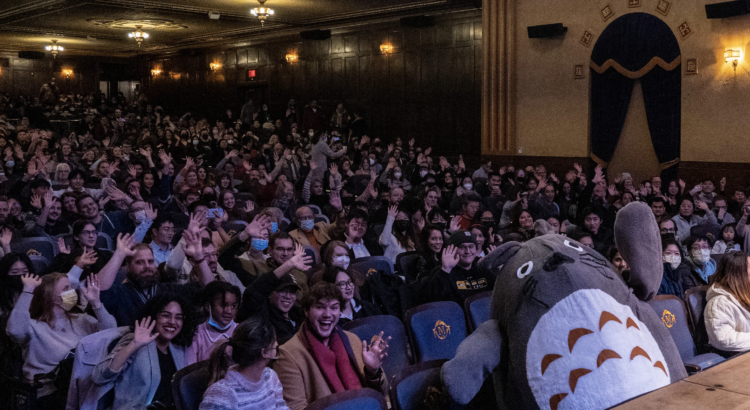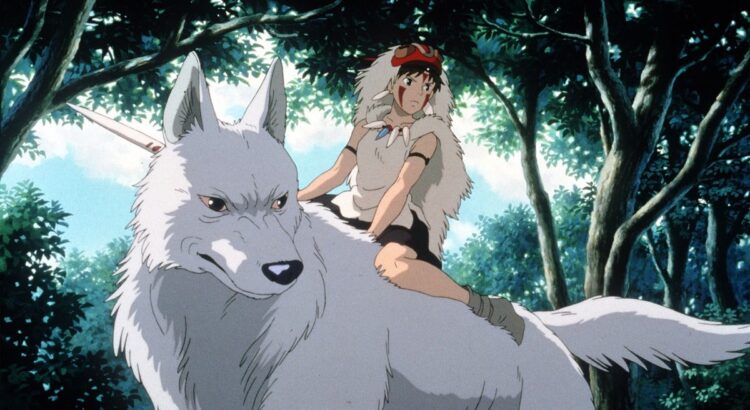This past Saturday, the Ann Arbor Symphony Orchestra performed a sold-out show at the Michigan Theater. Led and conducted by Wilbur Lin, the orchestra played arrangements of film scores from Spirited Away, Howl’s Moving Castle, and My Neighbor Totoro.
The concert was a delight. I have grown up watching Hayao Miyazaki’s Studio Ghibli films, and had been looking forward to this event since the start of the semester. Joe Hisaishi’s scores are particularly successful as not only the main themes are iconic, but each other piece from each film are unique, sweeping, whimsical, full of wonder, and simply beautiful to listen to.
The Spirited Away arrangement perfectly encapsulated the mystery of the film, as well as the chaos that ensues as the story progresses. It was a treat to watch the orchestra play live, and being able to identify what instruments were playing what. With “Merry-Go-Round” and “Cave of Mind” from Howl’s Moving Castle, I loved hearing the same theme played via different techniques – plucking, or pizzicato, as well as the typical bowing technique I am most familiar with hearing.
I also appreciated that Maestro Lin spoke between arrangements to discuss themes from the film, noting the differences between the more Hollywood dramatic scores of Spirited Away and Howl’s Moving Castle and the more popular-and-familiar-at-the-time Japanese TV reminiscent score of Totoro. The Totoro Orchestra Stories were particularly joyful as the music is arranged to teach children about the different components to an orchestra – highlighting the woodwinds, strings, percussion, etc. by section before the orchestra as a whole launches into themes from the film. Local music teacher Momo Kajiwara also joined the stage as a narrator in Japanese.
I had only been to one orchestra performance of a film score prior to this event. At the first event I attended, the symphony orchestra performed the entire score for the third Harry Potter film, with the film playing on a screen above the performers. I often find that when I watch a film or show, I do notice the score, but it is something I have to revisit after watching in order to fully appreciate. Hearing the score isolated from the context of the film with the Ghibli concert allowed me to be completely immersed in the music, and having the films played in the background was not necessary to be engaged and awed.
And of course, seeing Totoro in the flesh was a welcome surprise:












